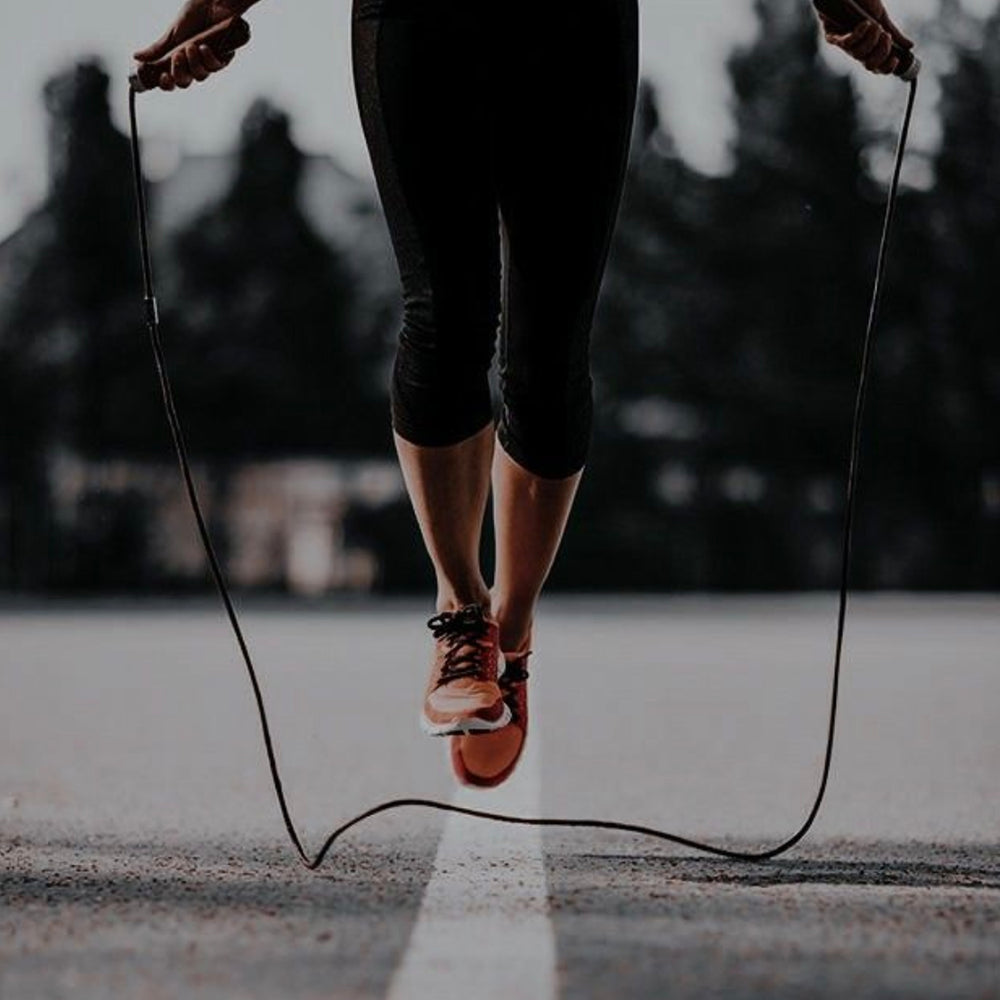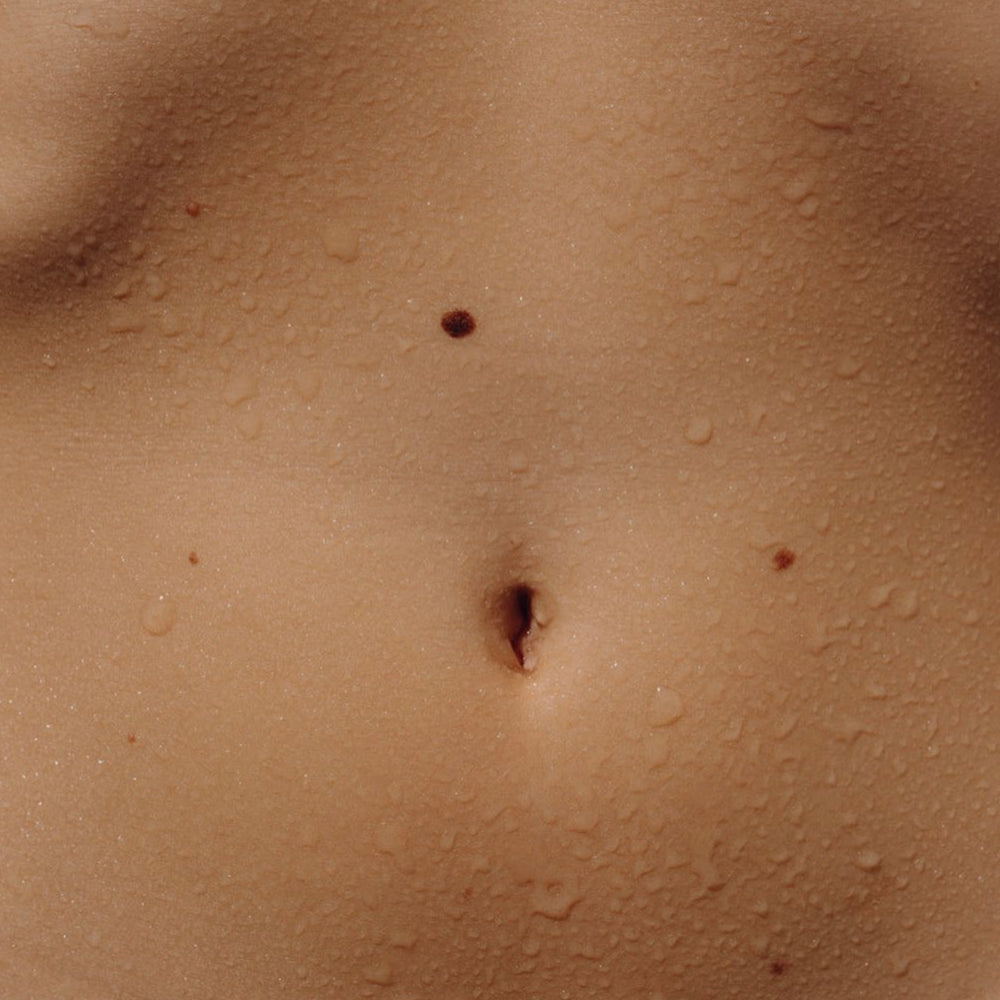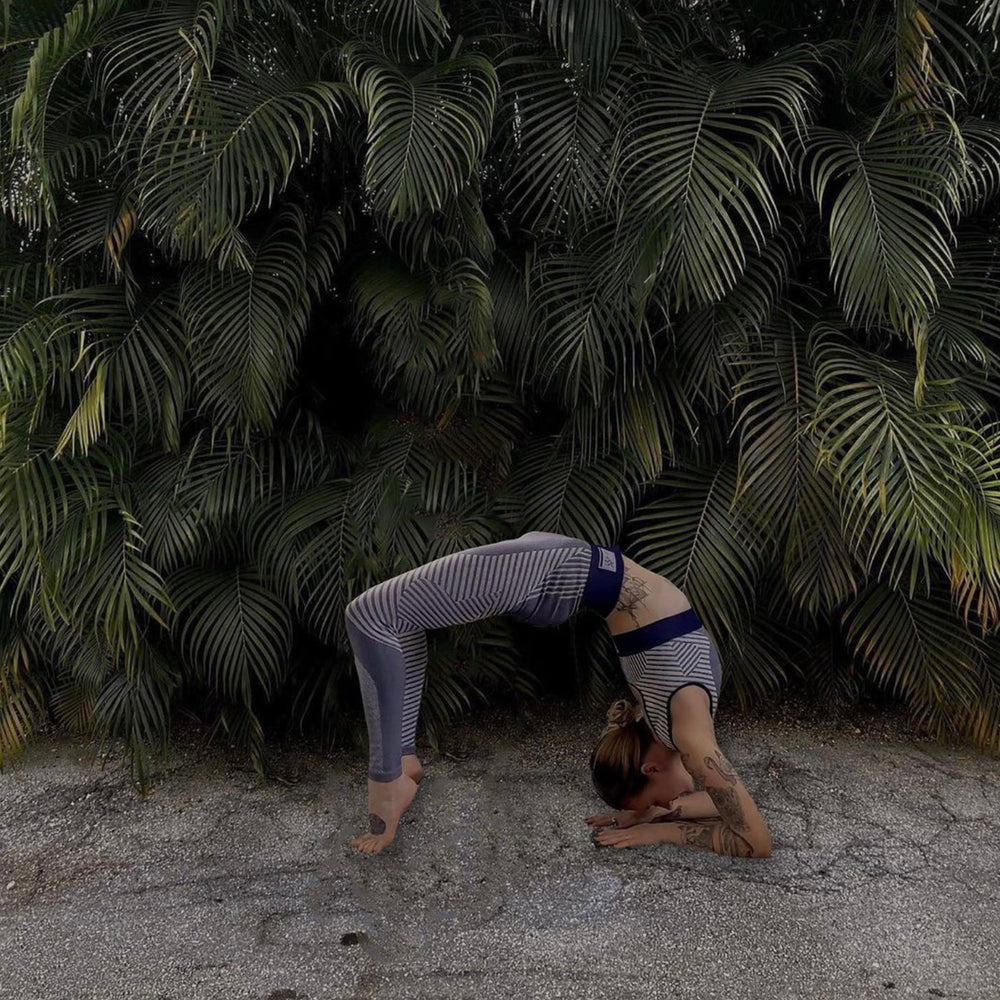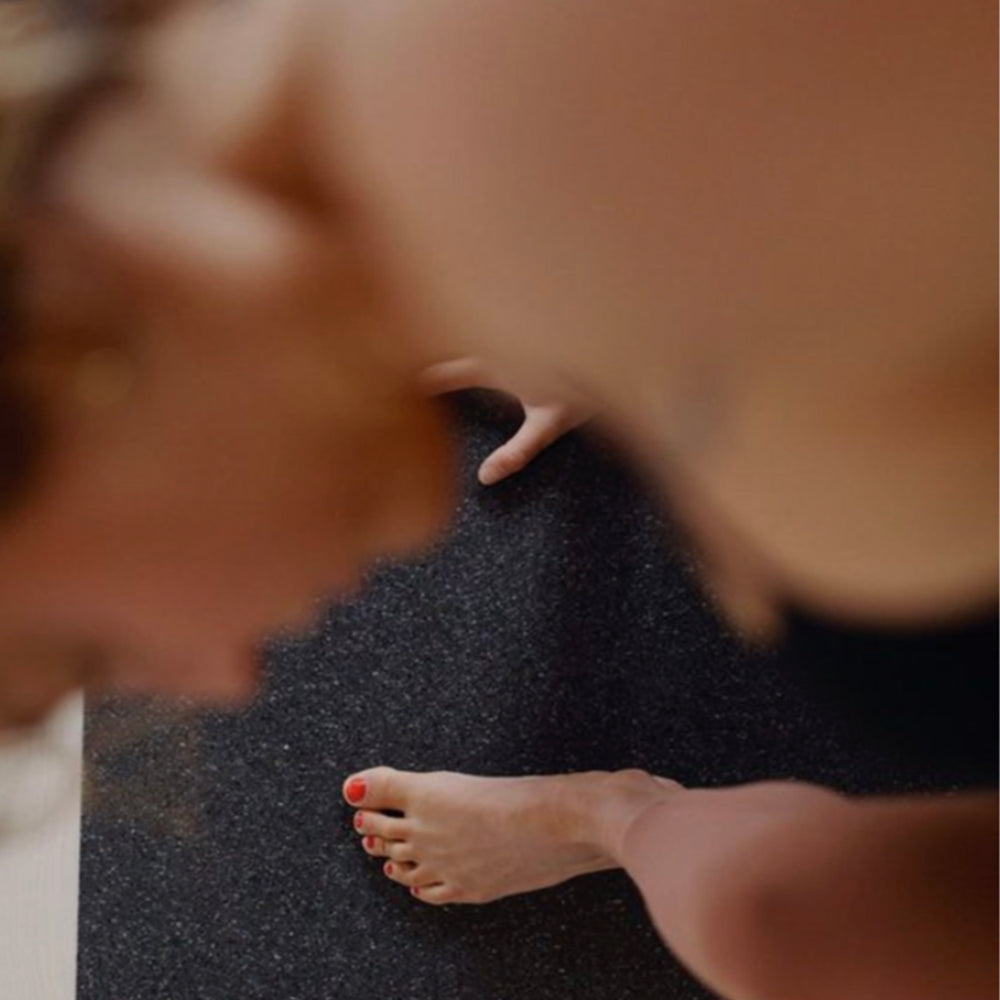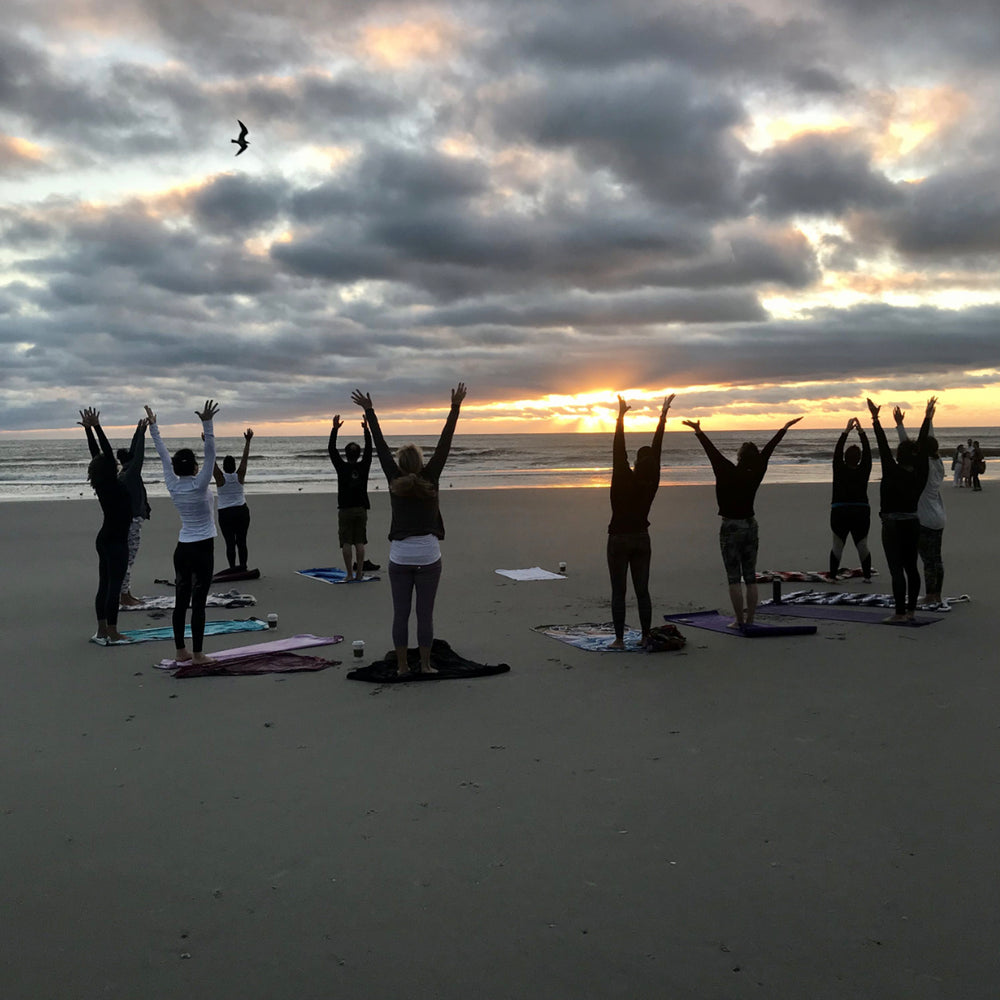
Breathing is a fundamental and often underestimated aspect of our lives. It's something we do unconsciously, yet it has the power to profoundly impact our physical and mental well-being. By harnessing the potential of specific breathing techniques, we can elevate our energy levels in the morning and promote relaxation in the evening. In this article, we'll delve into three effective breathing techniques for these essential moments: the Energizing Breath, the Relaxation Breath, and the Mindful Breath.
The Importance of Conscious Breathing
Before we dive into the techniques, let's briefly touch on why conscious breathing matters. Breathing is the bridge between our conscious and unconscious states, influencing our physiological responses and emotional experiences. By intentionally altering our breathing patterns, we can regulate our nervous system, reduce stress, and enhance our overall quality of life.
The Energizing Breath: Ujjayi Pranayama
Ujjayi Pranayama, often referred to as the "Victorious Breath" or "Ocean Breath," is a powerful technique to kickstart your day with vitality and mental clarity. This yogic breathing method involves creating a subtle sound that resembles ocean waves, achieved by constricting the back of the throat while breathing.
Here's how to practice Ujjayi Pranayama:
1. Find a comfortable sitting or lying position. Ensure your spine is straight to allow for smooth airflow.
2. Take a few natural breaths to settle into the practice.
3. Inhale deeply through your nose, expanding your diaphragm and filling your lungs.
4. As you exhale through your nose, constrict the back of your throat slightly, creating a gentle "hissing" or "ocean-like" sound.
5. Aim for a slow, steady rhythm, matching the duration of your inhalations and exhalations.
Practicing Ujjayi Pranayama in the morning helps awaken your body, oxygenate your brain, and boost your energy levels. It's an excellent way to transition from sleep to wakefulness while fostering mindfulness.
The Relaxation Breath: Diaphragmatic Breathing
Diaphragmatic breathing, also known as "belly breathing," is a simple and effective technique to unwind and de-stress in the evening. It encourages relaxation by activating the body's relaxation response and calming the sympathetic nervous system.
Here's how to practice Diaphragmatic Breathing:
1. Find a comfortable seated or lying position, preferably in a quiet, peaceful environment.
2. Place one hand on your chest and the other on your abdomen.
3. Take a slow, deep breath through your nose, allowing your diaphragm to expand. Feel your abdomen rise as you fill your lungs.
4. Exhale gently and completely through your nose or mouth.
5. Continue this deep, diaphragmatic breathing, focusing on the rise and fall of your abdomen with each breath.
Diaphragmatic breathing in the evening helps release tension, reduce stress, and signal to your body that it's time to wind down. It's particularly effective for promoting relaxation and preparing your mind and body for a restful night's sleep.
The Mindful Breath: Box Breathing
Box breathing, also known as square breathing, is a mindful technique that can be practiced throughout the day to enhance focus, reduce anxiety, and cultivate mindfulness. It's called "box breathing" because it follows a square pattern with four equal sides, each representing a distinct phase of the breath.
Here's how to practice Box Breathing:
1. Sit comfortably with your back straight or stand with good posture.
2. Close your eyes and take a moment to center yourself.
3. Inhale through your nose to a count of four seconds, drawing the breath deeply into your abdomen.
4. Hold your breath for a count of four seconds without straining or creating tension.
5. Exhale slowly and completely through your nose or mouth for another four seconds.
6. Pause and hold your breath for another four seconds before beginning the next inhalation.
Repeat this cycle for several rounds, gradually increasing the duration as you become more comfortable with the technique.
Box breathing is an excellent tool to incorporate into your daily routine. Whether you use it to prepare for an important meeting, manage stress, or find moments of mindfulness throughout the day, this technique can help you stay centered and composed.
Incorporating Breathing Techniques into Your Daily Routine
Now that we've explored these three breathing techniques, let's discuss how to incorporate them into your daily routine for maximum benefits:
1. Morning Routine: Energizing Breath
Begin your day with the Ujjayi Pranayama, the Energizing Breath, to invigorate your body and mind. Find a quiet space, sit comfortably, and practice this breath for a few minutes. You'll notice increased alertness and mental clarity to kickstart your day.
2. Throughout the Day: Mindful Breath
Use Box Breathing as a mindful tool throughout the day. Whenever you need to regain focus, reduce anxiety, or simply take a break, spend a few moments practicing this technique. It's a versatile method that can be applied in various situations.
3. Evening Routine: Relaxation Breath
As part of your evening routine, engage in Diaphragmatic Breathing to unwind and prepare for a restful night's sleep. Practice this breath for a few minutes before bedtime to promote relaxation and signal to your body that it's time to wind down.
The Transformative Power of Breath
Conscious breathing techniques are accessible and potent tools for enhancing your well-being, reducing stress, and promoting mindfulness. Whether you're looking to energize your mornings, wind down in the evenings, or stay centered throughout the day, these techniques offer a range of benefits.
Incorporate these breathing practices into your daily routine, and you'll discover the transformative power of the breath, helping you achieve a balanced and mindful life. By investing a few minutes each day in intentional breathing, you can tap into your body's innate capacity to heal, rejuvenate, and find peace in every moment.
|




